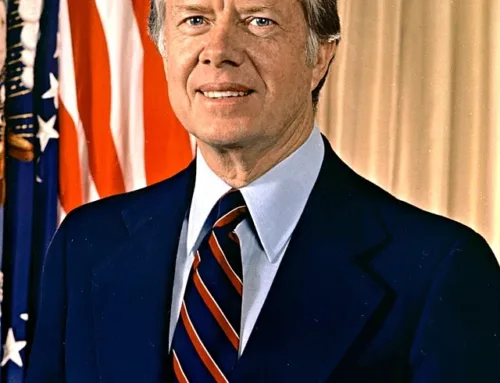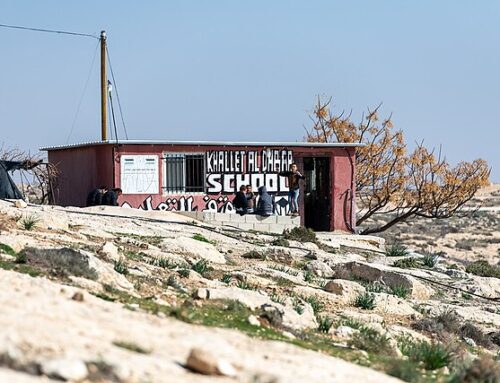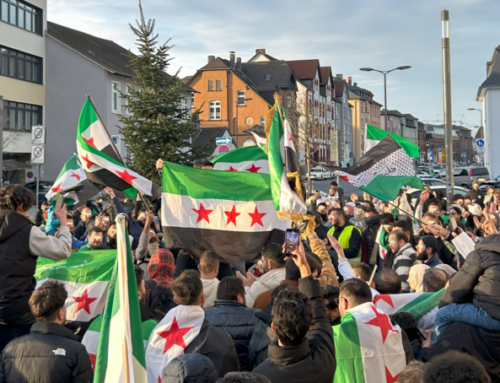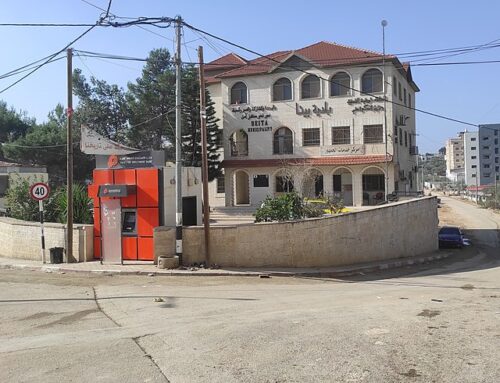My friend Tama grew up in Nirim, a kibbutz located about two kilometers from Gaza. I remember visiting her during Hanukah of 2005, when she was doing anthropological fieldwork in Zikim, a nearby kibbutz overlooking Gaza. At the entrance of the kibbutz we saw a Hanukkah candlestick made of missiles that had fallen on the kibbutz premises. Though the image left a strong impression on me, I did not have the sense to photograph it.
During the war Tama posted very little. But through her I heard for the first time the true voices of the people living in the “Gaza envelop region” of Israel. Listening to them on television, I heard their rage toward Hamas and the Gazan population. I saw them watching the war from the vantage point of a nearby hill and cheering the IDF. Through the Israeli media the people living around Gaza sounded hotheaded and vengeful. But a new movement has been emerging that amplifies a completely different voice, one which demands a long-term solution to the problem of the region. It’s a voice that bridges left and right, that echoes from the city of Sderot and the kibbutz of Niram, that unites secular and religious. The people of the Western Negev demand of the Israeli government to negotiate with Hamas and bring about a permanent solution.
On Tama’s Facebook page during the war I met Chen, a daycare teacher accompanying children from Nirim who had been evacuated to Mishmar HaEmek, a kibbutz in northern Israel. Chen posted on Facebook that on the first day in Mishmar HaEmek she was astonished. The daycare facility was spacious. It was full of daylight. They took the kids for a walk. They counted them only twice. There was an amazing sense of security. “Suddenly,” she writes, “I remembered that I had been such a teacher in such a facility. Just like that. No, not at Mishmar HaEmek, but in Nirim. We also had a large room with floor to ceiling windows, we went for walks without fear and without looking for places with a protected space that…” “So what happened to us?” She asked, “Why did we agree to fortify ourselves to death?” “What’s next? Body armor and personal helmets for every child?”
But more importantly Chen and the other voices I heard through Tama asked “Why did we give up on long-term solutions?”
Then the war ended. At least as far as the newscasts were concerned. The people of Nirim, Zikim Niram, and Sderot returned to their homes. But it was not over. Not for them. The war ended on August 26 with a 30-day ceasefire at the end of which Hamas and the Israeli government were supposed to begin discussing a permanent settlement of the issues in Gaza. But soon after, Avigdor Lieberman, Israel’s foreign minister declared that he did not believe in a long-term ceasefire in Gaza. While admitting he did not believe the Gaza factions would agree to demilitarize at this moment in time, Lieberman said it was “very important to add this topic into the narrative. We must not give up issue of demilitarization.”
Suddenly, it became clear that after 14 years of what Israelis call the “policy of rounds,” a never-ending boxing match, in which the two contestants pause for a few months between rounds, no one had any intention of reconsidering this failed policy.
“The ground is burning under our feet.” Tama’s sister-in-law, Anat Heffetz wrote this week. When she takes her son to school in the morning, they meet a soldier. He sits with full body armor and an assault weapon between the playground and the secure space. “Preschoolers will tell you that the gun in called “Tavor.” When we leave or return to the kibbutz, soldiers opened the gate. Once an hour, a group of soldiers patrol the kibbutz, like a military base. Our children grow up in a war zone.”
Heffetz says that they are already feeling how both sides are arming at the border, preparing for the next round. “The ground already begins to burn.” The rest of the country isn’t feeling it. Everyone is focused on the next election. But those living near the Gazan border are preparing for the next war. “And we know that nothing has been done in the last four months to prevent it,” Heffetz writes. “Nobody seriously thinks of how to stop this never ending series of rounds, how to bring about a courageous public initiative to fundamentally change the irrational logic of the policy of rounds. The people who live here will continue to pay the price, while others insist on doing nothing.”
Anat Heffetz with a few friends formed the Movement for the Future of the Western Negev. They want to make the next election revolve about Gaza. They want politicians to come up with ideas for preventing the next war. And they want the Israeli public to understand that without a brave initiative resolving the problems of Gaza, no would be secure for very long in Israel. They have raised over $10,000 so far. Under the banner “We have no time to waste,” they are organizing demonstrations, engaging the media, and holding roundtables with experts.
Ron Ben-Yishai, an Israeli war correspondent, echoes the Movement for the Future of the Western Negev: “The paradox is that Israel is the only party right now which has a chance of creating a change that will lead to a long-term, stable truce on both sides of the border. But first we must acknowledge the fact that when it comes to the Gaza Strip, the ’rounds method’ has gone bankrupt.”







We are so fortunate to have Maya Haber contribute to our website. While everyone else is worrying about elections, you focus light on what is happening on the border with Gaza. Thank you.